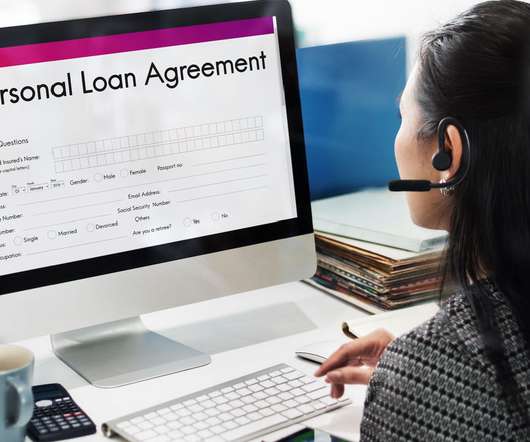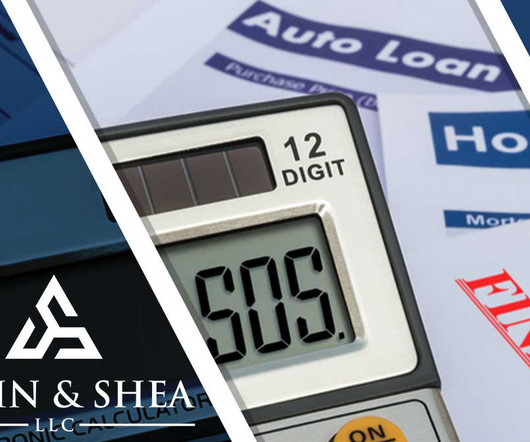Secured vs Unsecured Debt: Everything You Need to Know
Sawin & Shea
NOVEMBER 15, 2023
However, it is important to note that before bankruptcy is declared, lenders can still come after you to get you to pay off the unsecured debt. They may use collection agencies , or they may sue you (asking the court to garnish wages, take an asset, or put a lien on your home).











Let's personalize your content